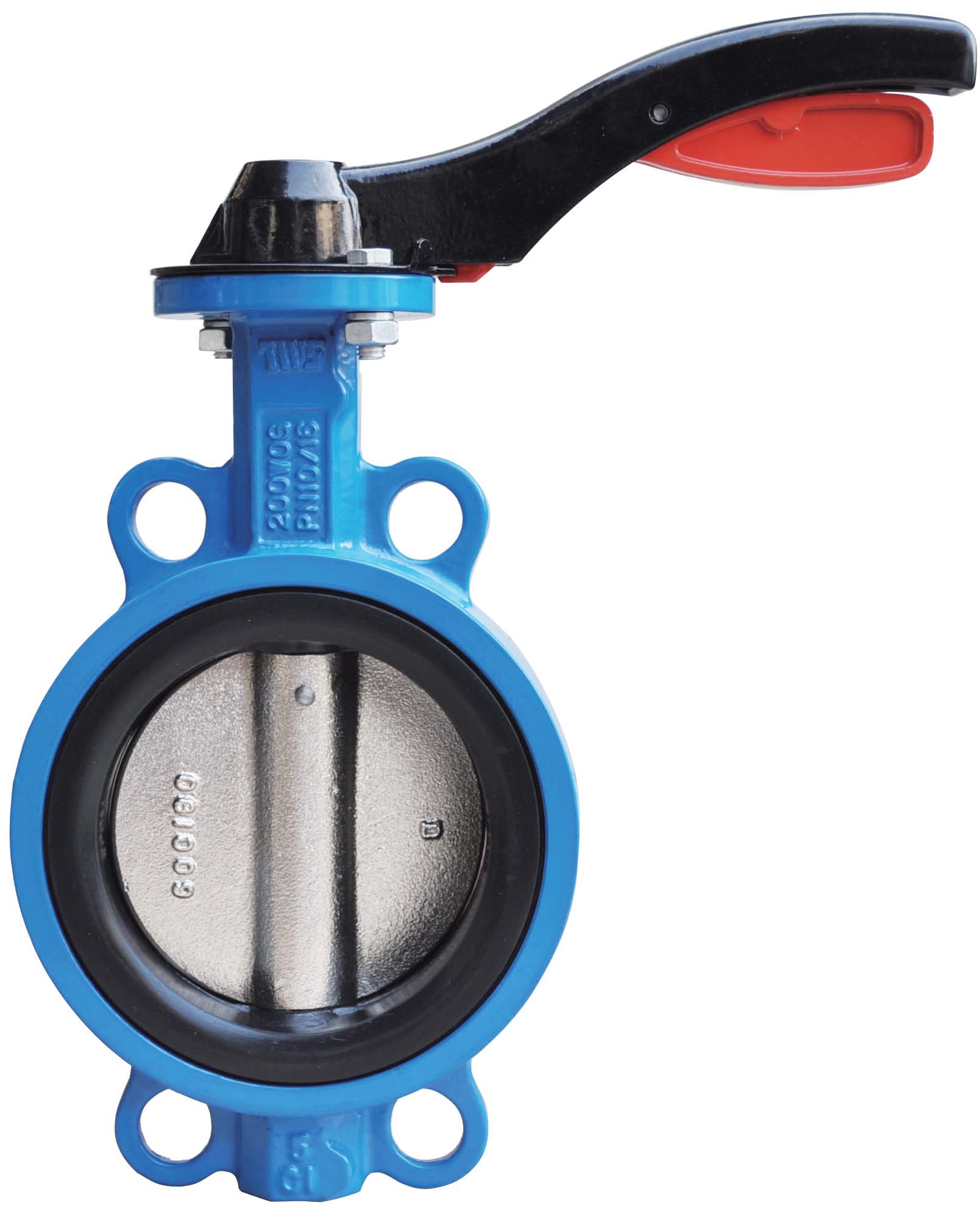Today, this article mainly shares with you the production process of the wafer concentric butterfly valve Part One.
The step one is preparing and Inspecting all the valve parts one by one. Before assembling a wafer type butterfly valve, according to the confirmed drawings, we need to inspect all valve parts, to ensure they are in good condition to be a qualified valve.
1.Check the valve shaft.
Use vernier caliper to check the shaft diameter, shaft square dimensions;
Use handheld spectrometer to inspect the material of the shaft;
Use hardness tester to check the hardness of the shaft;
All inspection results will be took record in the Valve parts inspection record.
2.Check the valve seat.
Check the appearance of the rubber seat, and the markings on it. For the appearance: check if there is cracks, imprints, marks, blistering on the seat; For the markings: in general it has EPDM, NBR, VITON, PTFE, etc.
Use vernier caliper to check the outside and inside diameter of the seat, face to face, and so on.
Check the shaft hole on the rubber seat, end to end dimension.
Use rubber hardness tester to check the hardness of the rubber: it should be: for 1.5~6” it’s 72-76 for hardback seat, 74-76 for soft seat; for 8~12”, it’s 76-78 for hardback seat, 78-80 for soft seat.
3.Inspect the valve disc.
Check the disc appearance, to ensure the damages on disc surface and sealing surface are as little as possible.
Check the markings on valve disc, generally it has size, material code and heat number on the disc.
Check the outside diameter of the disc.
Check the shaft hole.
Use a spectrometer to check the disc material. You can see on the screen, we can see the material and chemical component clearly.
4.Check the valve body.
Check the dimensions of valve inside diameter, face to face, center distance, top flange, shaft hole, wall thickness, and so on.
Check the symmetry of the valve body.
Use a thickness gauge to check the thickness of the epoxy coating. In general, we check at least five points of the body coating thickness, and the coating thickness is only if the average thickness is above 200 micron.
Check the color of the coating: use a color code card to make a comparison with the body coating.
Do impact test to check the adhesive force of the coating. Also, we will check at least 5 points, and to see whether the coating is damaged by the falling ball.
Check the body markings, it always has size, material, pressure and heat number on the body, check their correctness and position.
5.Check the valve operator, here we use a worm gear to as an example.
Check the coating color and thickness.
Install the hand wheel to gear shaft to check whether it can operate the gearbox successfully.
Thank you very much for reading. After that, we will continue to share the follow-up process of rubber seated wafer butterfly valve production.
Tianjin Tanggu Water Seal Valve Co., Ltd. is a technologically advanced elastic seat valve supporting enterprises, the products are elastic seat wafer butterfly valve, lug butterfly valve, double flange concentric butterfly valve, double flange eccentric butterfly valve, balance valve, wafer dual plate check valve, Y-Strainer and so on. At Tianjin Tanggu Water Seal Valve Co., Ltd., we pride ourselves on providing first-class products that meet the highest industry standards. With our wide range of valves and fittings, you can trust us to provide the perfect solution for your water system. Contact us today to learn more about our products and how we can help you.
Post time: Mar-08-2024





